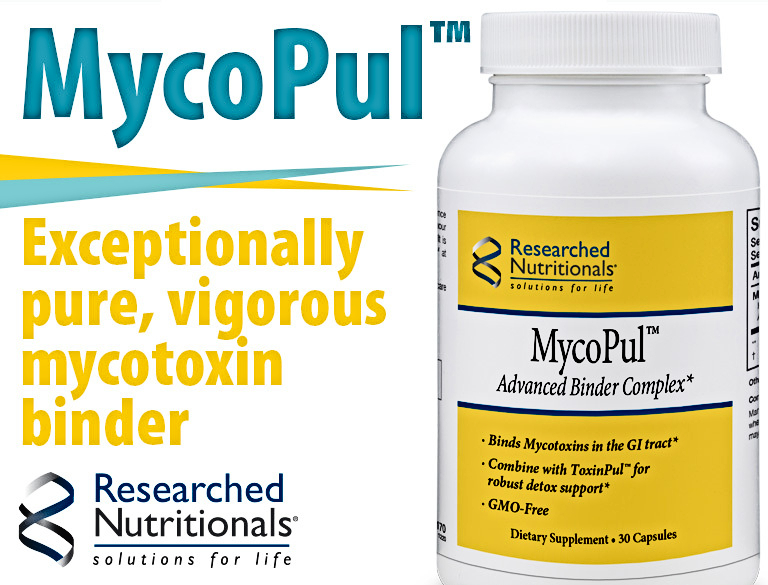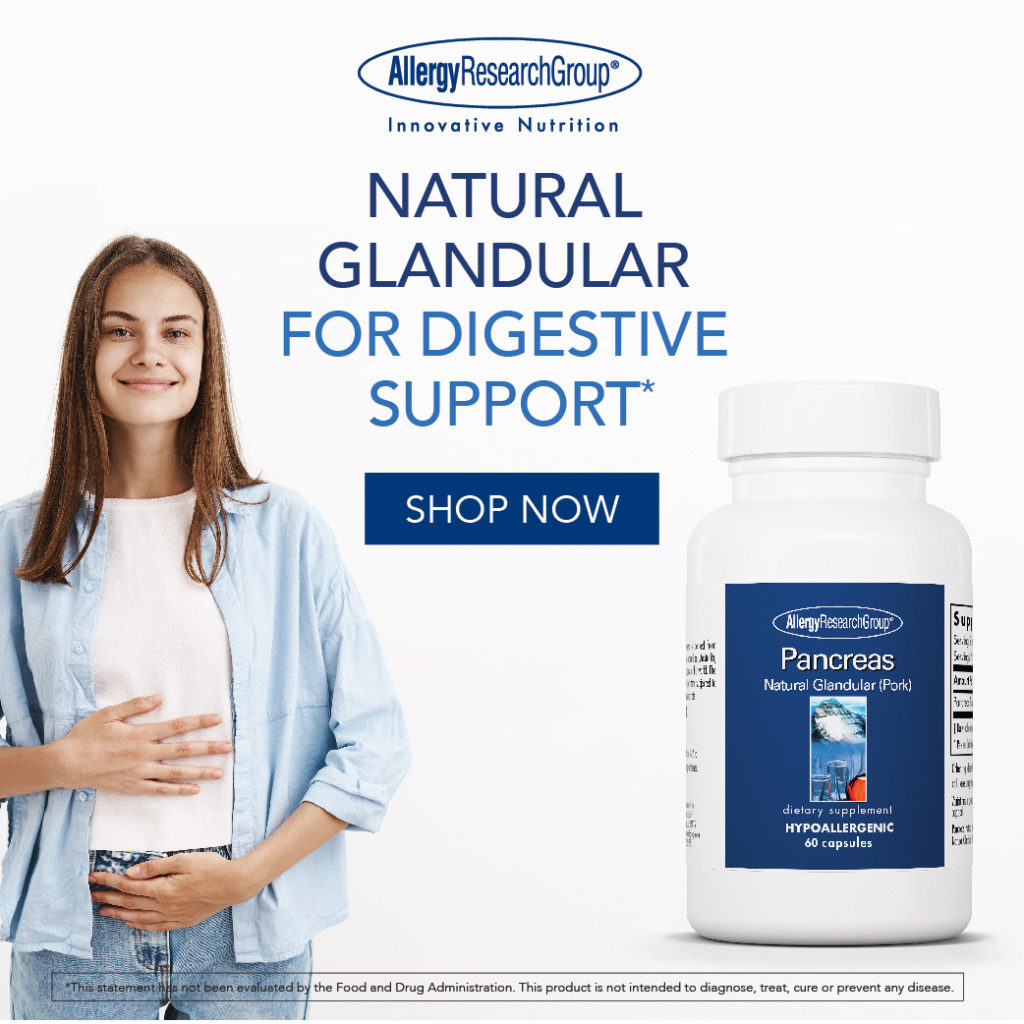In the July 2019 issue of the Townsend Letter, I expressed concern that a large and growing number of nutrition studies, coming mostly from Iran, have left me wondering whether the research is fraudulent. That is, whether people were writing papers about research that had not actually been conducted. Fraudulent research is an affront to all who value integrity in science, and it has the potential to harm practitioners and patients who rely on its findings.
Since the July editorial was written, the problem seems to have gotten even worse. It has reached the point where, in my mind, the possibility of fraud should be considered in all nutrition research coming from Iran. My previous editorial listed nine characteristics of published papers that might suggest fabricated research. I now add another characteristic: that the research was conducted by a student as part of a graduate school thesis, and that the magnitude of the project seems to have been beyond the capabilities and resources of a student.
This tenth characteristic was added in part because of an article published in the journal Science in 2016. That article, which was titled, “In Iran, a shady market for papers flourishes,” revealed that numerous companies in Iran will write theses and scientific papers for a fee.1 According to one Iranian scientist, many politicians and diplomats obtain advanced degrees from universities, without actually earning them. Having an advanced degree allows them to compete better for scarce jobs in the science industry, and the law mandates that individuals with these degrees earn a higher salary for the same job. One company offers to have a paper placed in a journal published by Elsevier or Springer for a fee of $1,660. Many young scientists who are unable to find another job are involved in the paper-selling business.
In this editorial, I will review five recently published eyebrow-raising studies from Iran, three of which were conducted by graduate students. It is hoped that these examples will help illustrate the scope of the problem and will also provide the reader with tools to evaluate the credibility of suspect research papers.
Peppermint Oil Gel to Prevent Pressure Sores
A student in Semnan, Iran, as part of a Master of Science thesis, conducted a double-blind trial that examined the effect of topical peppermint oil on the incidence of stage 1 pressure injury (pressure sores) in critically ill patients. One hundred fifty patients admitted to a neurosurgical intensive care unit (ICU) because of head trauma, who required endotracheal intubation, were randomly assigned to have a gel containing peppermint oil or a placebo gel applied to at-risk areas of their skin three times per day.2 The incidence of stage 1 pressure injury was significantly lower in the peppermint group than in the placebo group (23% vs. 77%). This study has numerous eyebrow-raising features.
1. Discrepancy related to the number of subjects: The sample size was listed as 150 in the paper and 70 in the document submitted to the Iranian Registry of Clinical Trials (IRCT).
2. Unusually low mortality rate: In most studies of patients with severe head trauma, the 30-day mortality rate was 20-50%. While the peppermint study only followed patients for 14 days, the mortality rate of 1.3% (2 of 150 patients)seems unusually low.
3. Weirdness related to preparing the peppermint gel: The paper stated that the peppermint gel was prepared “according to standard methods,” as described in Appendix A. Briefly, peppermint oil was added to five different concentrations of carbopol 934 in water. Carbopol 934 is a polymer that is used as a thickening and gelling agent. The carbopol 934 concentration that produced the most desirable viscosity (not too runny, not too thick) was used to make the peppermint gel. The 190-word description of this “standard method” was taken verbatim (without attribution) from a 2007 paper on the use of peppermint gel to prevent nipple cracks in breastfeeding women.3 This plagiarism including misspelling of the word “viscous” as “viscose.” Putting aside the issue of plagiarism, one wonders why the researchers bothered to go through the process of testing five different carbopol 934 concentrations, when the 2007 study had already determined which concentration works best.
4. Issues related to the study sites: All four authors listed in the paper were affiliated with Semnan University of Medical Sciences in Semnan, Iran. However, the study itself was conducted at 2 ICUs in Shiraz, Iran, which is more than a nine-hour drive from Semnan. None of the study authors listed an affiliation with any institution in Shiraz. In addition, the study was approved by the ethics committee of Semnan University of Medical Sciences. It is surprising that ICUs in Shiraz, which were treating critically ill patients, would have agreed to conduct a study without first running it by their own ethics committees.
5. Discrepancy related to the outcome measure: The stated outcome measure in the published paper was the incidence of stage 1 pressure injury, as defined by the National Pressure Ulcer Advisory Panel. In contrast, the IRCT registration document stated that the outcome measure was the incidence of pressure ulcer. Stage 1 pressure injury is defined as “intact skin with a localized area of nonblanchable erythema, which may appear differently in darkly pigmented skin.” These lesions are not ulcers, although they may eventually progress to become ulcers.
6. Question related to funding: Because randomized controlled trials are expensive to conduct, such trials are generally reserved for treatments for which there is some evidence of efficacy (such as case reports or uncontrolled trials). Such was not the case with respect to peppermint gel for prevention of pressure injury.
7. Issue related to the assessment method: The paper stated that a pair of observers (nurse plus specialist) examined at-risk areas of the skin (hips, sacrum, back, elbows, knees, heels, and shoulders) once a day for evidence of pressure injuries. It was not stated what was meant by “specialist;” one might assume that referred to the neurologist or neurosurgeon involved in the case. It is difficult to believe that such a “specialist,” who would be evaluating and treating a room full of seriously ill patients, would agree to spend extra time checking the hips, sacrum, back, elbows, knees, heels, and shoulders every day for early evidence of pressure injuries (such would likely be the job of the nurse), particularly when the request to perform such an examination was coming from a graduate student from a faraway university who was studying a treatment for which there was no prior evidence of efficacy.
Pomegranate Juice and Synbiotics for Polycystic Ovary Syndrome
A student in Shiraz, Iran, as part of a master’s of science thesis, conducted a randomized controlled trial that examined the effect of pomegranate juice, a synbiotic beverage (probiotic plus inulin), a beverage containing both pomegranate juice and the synbiotic, or a placebo beverage on various laboratory parameters in women with polycystic ovary syndrome. Ninety-two women consumed their assigned beverage (300 ml per day) for eight weeks. Outcome measures included fasting blood glucose, insulin resistance, and serum levels of lipids, testosterone, luteinizing hormone, follicle stimulating hormone, C-reactive protein, malondialdehyde (a marker of oxidative stress), and serum total antioxidant capacity. Most of these parameters improved in the groups receiving synbiotics (with or without pomegranate juice), whereas there was no clear benefit of pomegranate juice alone. This research generated two papers in the medical literature, each of which presented a different portion of the data.4,5 That both papers came from the same study is demonstrated by the fact that both listed the same registration document in the Iranian Registry of Clinical Trials (IRCT). These papers raise a number of concerns.
1. Issues related to the beverages: The papers stated that all four of the test drinks were identical in appearance, color, and taste. However, there are several reasons to believe that could not be true. First, the placebo consisted of water, pomegranate flavor, and red food coloring. Iran is the largest producer of pomegranates in the world, so it is likely that many of the study participants knew how pomegranate juice tastes and could distinguish it from artificially flavored, artificially colored water. Second, inulin was added to the synbiotic drinks at a concentration of 20 g/L. At high concentrations in water, inulin forms a gel, and at lower concentrations it has a white, creamy appearance. It seems unlikely that the drinks that contained inulin would look the same as those without inulin. Third, the papers stated that participants consumed 300 ml per day of their assigned beverage, and each person received a two-liter bottle once a week. At a dose of 300 ml per day, a two-liter bottle would leave everyone 100 ml short each week.
2. Discrepancy related to inclusion criteria: One of the inclusion criteria for the study was oligomenorrhea. In the published papers, oligomenorrhea was defined as at least 35 days between menstrual cycles. However, the IRCT registration document defined oligomenorrhea as less than six to nine menses per year.
3. Discrepancy related to recruitment dates: The published research stated that recruitment began in January 2017. However, the IRCT document stated that recruitment started on February 19, 2017.
4. Discrepancies related to outcome data: The IRCT document listed serum cholesterol, LDL cholesterol, HDL cholesterol, and triglycerides as outcome measures. It did not mention fasting blood glucose, insulin sensitivity, malondialdehyde, total antioxidant capacity, C-reactive protein, testosterone, luteinizing hormone, or follicle stimulating hormone, even though the IRCT document was updated after the study was completed.
5. Questions related to logistics: Both papers stated that the study drinks were prepared fresh once a week and were delivered to participants immediately after they were prepared. However, one of the papers also stated that, in order to assess treatment compliance, participants were asked to return their empty bottles “when picking up their beverages for the following week.” So, which was it? Did the researchers deliver the bottles, or did the patients have to come and pick them up each week? It seems like a daunting task for a graduate student to make 92 deliveries relatively “immediately” in a city of 1.6 million people where there are significant problems with traffic congestion. It is also difficult to believe that people would agree to participate in a study that required them to navigate city traffic each week to pick up a bottle of juice or placebo.
6. Discrepancy related to the probiotics used: One of the papers4 stated that each liter of synbiotic beverage contained 2 x 108 colony-forming units(CFU)/g of lactobacillus. However, several paragraphs later, it stated that the synbiotic beverage contained 1 x 108 CFU/ml of each of 3 different strains: Lactobacillus rhamnosus GG, Bacillus koagolans, and Bacillus indicous. Bacilli are not the same as lactobacilli, so these statements are incompatible.
Article continues on next page…







